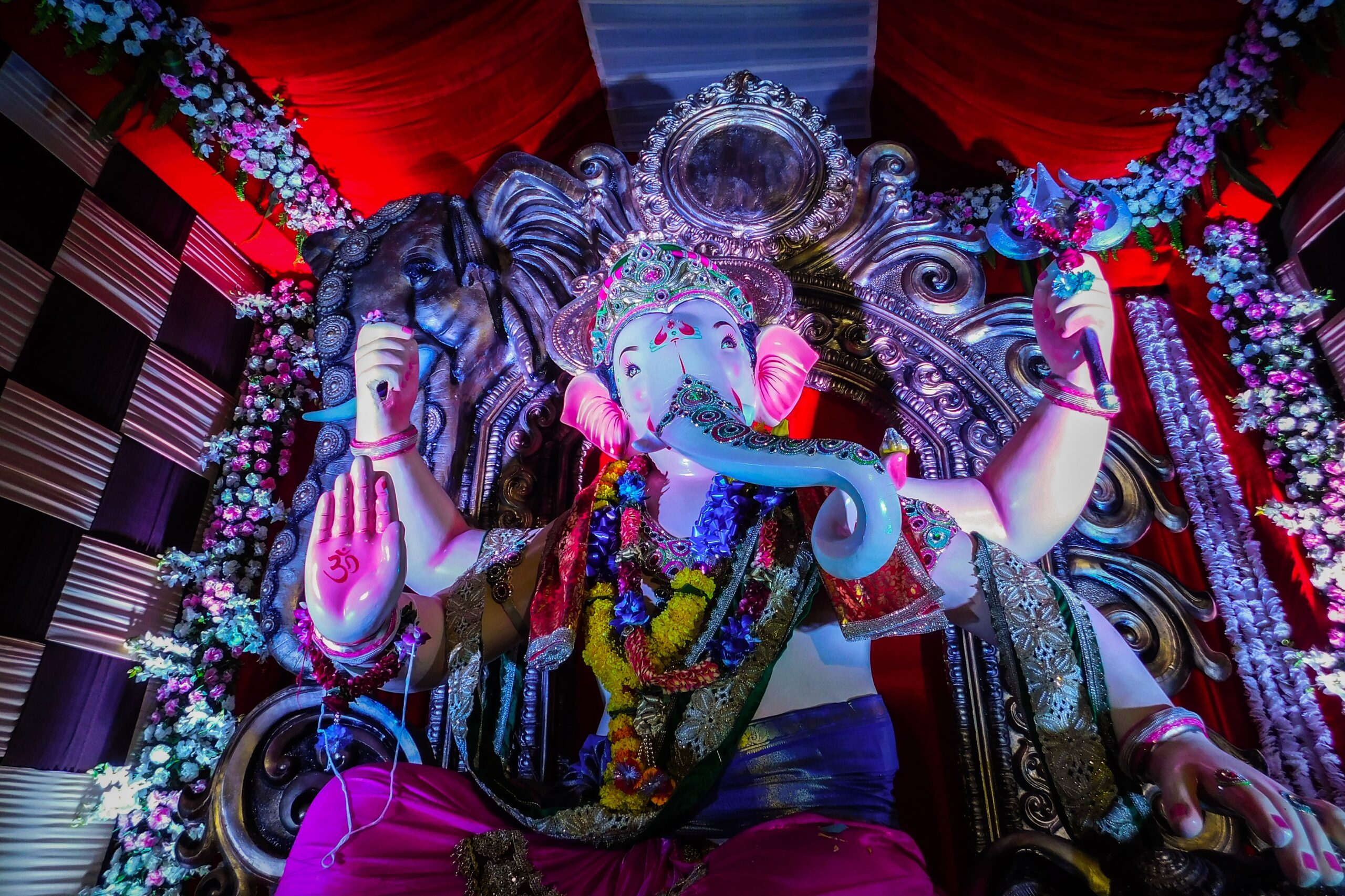
How Do I Handle Cultural Differences In Terms Of Dress Code?
When it comes to navigating cultural differences in terms of dress code, it’s important to approach the subject with open-mindedness and respect. Clothing choices can hold deep cultural and religious significance, and understanding and appreciating these differences is key to fostering inclusivity and avoiding unintentional offense. By educating yourself about different dress norms and customs, engaging in respectful conversations, and adapting your own attire when necessary, you can effectively navigate and celebrate the diversity of dress codes across cultures.

Understanding Cultural Differences in Dress Code
Importance of Cultural Sensitivity
When it comes to interacting with different cultures, it is essential to approach dress code with cultural sensitivity. Clothing plays a significant role in expressing cultural identity, and respecting and understanding these differences is crucial in building positive connections with people from diverse backgrounds. By being aware of and sensitive to cultural differences in dress code, you show respect for customs and traditions, promote intercultural understanding, and avoid inadvertently causing offense.
The Influence of Culture on Dress Code
Culture has a profound impact on dress code as it shapes societal norms, values, and expectations surrounding clothing choices. Each culture has its own unique way of dressing influenced by various factors, such as historical background, climate, religious beliefs, and social values. For example, in some conservative cultures, modesty is highly valued, and clothing may be more covered up, while in other cultures, vibrant colors and intricate patterns are embraced. Understanding the influence of culture on dress code helps foster cultural awareness and promotes acceptance and appreciation for diversity.
The Impact of Globalization on Dress Code
Globalization has brought people from different cultures closer together, resulting in the blending and sharing of various fashion styles and dress codes. With increased travel, migration, and cultural exchange, it is not uncommon to find clothing styles and trends from different cultures being adopted and celebrated worldwide. However, globalization also raises questions about cultural appropriation and the need for sensitivity when incorporating elements from other cultures into one’s own dress code. It is important to strike a balance between embracing cultural diversity and appropriating or misrepresenting other cultures.
Researching and Familiarizing Yourself with the Culture
Analyzing Cultural Norms and Values
Before traveling to a different culture or interacting with people from a different cultural background, it is important to research and analyze the cultural norms and values related to dress code. This includes understanding the significance attached to certain clothing choices, such as traditional attire or religious garments. By familiarizing yourself with the cultural norms and values surrounding dress, you can ensure that you dress appropriately and respectfully, avoiding any unintentional offense.
Examining Gender Roles and Expectations
Culture often shapes gender roles and expectations, which can be reflected in dress codes. Some cultures may have specific clothing requirements for men and women, such as modesty regulations or traditional gender-specific garments. It is important to understand these gender roles and expectations to avoid inappropriate or offensive dress choices. By examining and respecting gender differences in dress code, you demonstrate cultural sensitivity and promote inclusivity.
Understanding Religious and Traditional Practices
Religion and tradition play a significant role in shaping dress codes. Different religions have specific clothing requirements and restrictions, often rooted in sacred texts or cultural practices. It is crucial to educate yourself about the religious and traditional practices of the culture you are interacting with to ensure that you respect and adhere to their dress codes. Understanding the significance of religious garments and honoring these practices demonstrates cultural sensitivity and fosters mutual respect.
Considering Climate and Environment
Climate and environmental factors greatly influence dress codes around the world. In hot and humid climates, lightweight and breathable fabrics are common, while in colder regions, layered clothing and insulation are necessary. By considering the climate and environment of a particular culture, you can adapt your clothing choices accordingly. This not only ensures your comfort but also shows respect for local customs and practicality.
Adapting Your Dress Code Appropriately
Respecting Local Customs and Traditions
Respecting local customs and traditions is of utmost importance when it comes to adapting dress code appropriately. This means being mindful of clothing norms and values in the culture you are interacting with and making an effort to comply with them. Avoiding clothing choices that are considered disrespectful or inappropriate, such as wearing revealing attire in a conservative culture or neglecting to cover your head when required, shows respect for local customs and helps foster positive cross-cultural relationships.
Modifying Dressing Style
Adapting your dressing style to fit the cultural context is a sign of respect and cultural sensitivity. This may involve choosing more modest clothing options, avoiding certain patterns or colors that carry negative connotations, or incorporating traditional elements into your attire. By modifying your dressing style to align with the cultural expectations, you not only avoid causing offense but also demonstrate a willingness to integrate and connect with the local culture.
Choosing Appropriate Attire for Specific Occasions
Different occasions may have specific dress codes that need to be considered. For formal events, such as weddings or religious ceremonies, it is important to adhere to the dress code guidelines set by the hosts. This may involve wearing traditional attire or formal clothing. Similarly, casual or social gatherings may have their own dress code requirements. By choosing appropriate attire for specific occasions, you show attentiveness to cultural nuances and contribute to the overall ambiance and respectfulness of the event.

Navigating Dress Code in Professional Settings
Researching Business Dress Etiquette
When it comes to professional settings, it is crucial to research and understand the business dress etiquette of the culture you are operating in. Different cultures may have varying expectations regarding professional attire, such as formal suits, conservative dress, or traditional business attire. By familiarizing yourself with the cultural norms of professional dress, you can navigate these settings with confidence and professionalism, avoiding any potential misunderstandings or misconceptions.
Understanding the Importance of Professional Appearance
Professional appearance plays a significant role in many cultures, as it reflects competence, credibility, and respect for the workplace. Understanding the importance placed on professional appearance in the culture you are operating in allows you to align with the expectations. This may involve grooming standards, appropriate levels of formality, or attention to detail. By upholding professional appearance norms, you gain the trust and respect of colleagues and clients, and contribute positively to the business environment.
Adapting Dress Code for Job Interviews
Job interviews are critical moments where first impressions matter. Adapting your dress code appropriately for job interviews is crucial. Research the company’s culture and dress code guidelines to ensure that you present yourself in a manner that aligns with their expectations. Dressing professionally and conservatively is generally a safe choice, but being aware of any specific industry or cultural norms will give you an edge in making a positive impression.
Navigating Dress Code in the Workplace
In the workplace, it is important to navigate the dress code in a way that aligns with the cultural norms while also being mindful of your own comfort and individuality. Acquire a clear understanding of the organization’s dress code policy, paying attention to any specific guidelines or restrictions. Strive to strike a balance between adhering to the dress code and expressing your personal style within the cultural framework. By navigating the dress code in the workplace with cultural sensitivity, you contribute to a harmonious and inclusive work environment.






